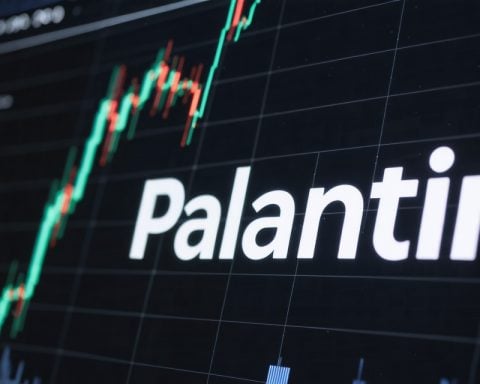Video games often evoke a sense of dread, particularly in survival horror, where players navigate treacherous environments rife with danger. The fear of being stuck can lead to a profound experience of anxiety and vulnerability. One recent addition to this genre is Hollowbody, a game heavily influenced by the pioneering works of Silent Hill and Resident Evil, set in a ravaged British town plagued by an enigmatic infection.
Players assume the role of Mica, a survivor armed with basic tools like a weapon and a health kit, yet left with an overwhelming sense of isolation. The game’s design deliberately evokes a feeling of desolation, where many locations yield little to aid your survival. This contrasts sharply with traditional horror games, which often provide players with resources to encourage a sense of progress.
Hollowbody’s world is filled with remnants of past horrors—abandoned buildings, eerie scenes of despair—that serve as haunting reminders of a cataclysmic event. In this environment, players cannot rely on the familiar mechanics of finding helpful items; instead, they grapple with the realization that the game itself may not hold their hand.
This intentional scarcity fosters a sense of existential dread, as players constantly confront the possibility of reaching an impasse, thrusting them into a state of heightened tension. With each step, the looming reminder that they could “die” in the game hangs thick in the air, ensuring that survival is never a guarantee in this chilling experience.
Hollowbody, while drawing inspiration from established horror franchises, also explores unique themes related to isolation and desperation. The game emphasizes psychological horror over traditional jump scares, making players confront their own fears and resilience in dire circumstances. This philosophical shift in the horror genre invites deeper emotional engagement and reflection.
Key questions surrounding Hollowbody and similar survival horror games include:
1. How does isolation versus companionship affect player experience in survival horror?
– The solitude of the character Mica in Hollowbody means players are forced to rely on their instincts and mental fortitude, amplifying tension compared to games that feature cooperative elements. This lack of companionship heightens the emotional stakes and can lead to a more immersive experience of fear.
2. What role does resource scarcity play in shaping gameplay dynamics?
– The scarcity of survival resources is a central game mechanic that serves to magnify the sense of dread. While this can create a more challenging and intense experience, it may also frustrate players who prefer more balanced gameplay mechanics.
Some key challenges and controversies related to this genre include:
– Balancing challenge and frustration: Creating a game that is both challenging and enjoyable can be difficult. There is a fine line between creating a tense environment and one that becomes overly punishing, potentially alienating players.
– Feature of mental health representation: The themes of dread, isolation, and anxiety can resonate with real-life experiences of mental health, leading to discussions about how these themes should be portrayed in a gaming context.
Advantages of games like Hollowbody include:
– Deep emotional engagement: Players often form a profound connection to the game’s narrative and themes, leading to memorable experiences.
– Exploration of complex themes: The mental struggle for survival can open discussions about broader existential questions and human resilience.
Disadvantages may include:
– Potential for alienating casual players: The intense focus on scarcity and dread may deter players looking for a more relaxed gaming experience.
– Risk of negative emotional impact: Players may experience heightened anxiety or discomfort, particularly those who are sensitive to themes of isolation and despair.
For further exploration of survival horror games and their impact, consider visiting: IGN or Game Informer, which provide insights on game design, reviews, and industry trends.


















